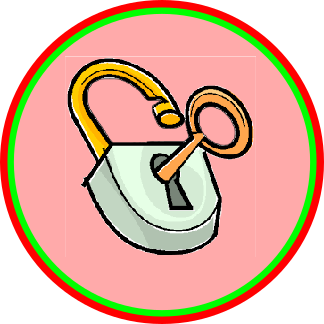Table of Contents
What is bite-sized learning?
The term “bite-sized learning” describes a teaching strategy that divides educational content into manageable chunks. Learning through this method is intended to be more enjoyable, controllable, and less overwhelming.
In e-learning and mobile learning environments, where learners can access material in quick bursts, such as through videos, infographics, or brief quizzes, bite-sized learning is frequently used. Due to the rise of mobile devices and the demand for on-demand, just-in-time learning, this kind of teaching has gained popularity recently.
The fundamental benefit of bite-sized learning is that it enables students to concentrate on a single idea at a time, which can enhance their retention and comprehension of the subject matter. Because they may take in the knowledge at their own pace and in a fashion that suits their learning preferences, it also gives students freedom and control over their educational experience.
How can bite-sized learning be adopted in classrooms?
Bite-sized learning can be adopted in classrooms by incorporating short, focused learning activities into lessons. Here are some ways that bite-sized learning can be used in a classroom setting:
Micro-lessons: Teachers can break down larger lessons into smaller, more manageable pieces. For example, a math teacher might break down a lesson on fractions into smaller micro-lessons on how to add, subtract, multiply and divide fractions.
Interactive quizzes: Short quizzes can be used to reinforce concepts and keep students engaged. Online platforms such as Kahoot and Quizlet can be used to create interactive quizzes that students can complete on their mobile devices.
Infographics and visual aids: Teachers can use infographics, diagrams, and other visual aids to break down complex concepts and make them easier to understand.
Gamification: Teachers can use game-based learning to make learning more engaging and fun. For example, a history teacher might create a game that simulates historical events, or a science teacher might use a game to teach students about the periodic table.
Collaborative learning: Teachers can encourage students to work in small groups to complete short, focused learning activities. For example, students might work together to solve a math problem, complete a reading comprehension exercise, or create a short presentation on a topic.
By incorporating bite-sized learning into classrooms, teachers can create more engaging, effective learning experiences for their students, and improve retention of important concepts.
An example of bite-sized learning from Physics
An example of bite-sized learning from physics could be breaking down the concept of force into smaller, more manageable pieces. For example, a teacher might use the following bite-sized learning activities:
Micro-lesson: A teacher might break down the concept of force into smaller micro-lessons on different types of forces, such as gravitational force, frictional force, and magnetic force.
Interactive quiz: Students can take an interactive quiz to test their understanding of the different types of forces and how they work.
Infographic: A teacher might use an infographic to visually illustrate the different types of forces and provide examples of each.
Game-based learning: Students can play a game that simulates different types of forces and how they interact with each other. For example, students might play a game that simulates objects falling under the influence of gravity.
Collaborative learning: Students might work in small groups to conduct experiments that demonstrate the different types of forces. For example, they might experiment with different surfaces to measure the effect of friction on objects in motion.
By breaking down the concept of force into smaller, more manageable pieces, students can gain a better understanding of this important physics concept and retain the information more effectively.
An example of bite-sized learning from Math
The concept of fractions could be broken down into smaller, more digestible bits as an illustration of arithmetic learning in bite-sized portions. Here are some potential bite-sized educational exercises:
Micro-lesson: A teacher might design brief lectures on various fractional structures, including mixed numbers, improper fractions, and proper fractions.
Interactive quiz: Students can take an interactive quiz to assess their knowledge of various fractional forms, how to convert between them, and how to carry out fundamental operations with fractions.
Infographic: A teacher might use an infographic to visually illustrate how to add, subtract, multiply, and divide fractions, with step-by-step examples.
Game-based learning: Students can play a game that reinforces their understanding of fractions, such as a game where they have to identify equivalent fractions or match fractions to their decimal equivalents.
Collaborative learning: In order to better understand the topic, students may solve fraction problems in small groups while using manipulatives or visual aids.
Students can better understand this crucial math subject and feel more confident in their abilities to deal with fractions by reducing the concept of fractions into smaller, more digestible chunks.
